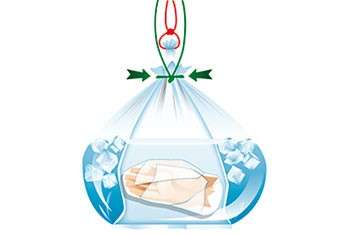The optimum emergency treatment for amputations
Amputations are usually caused by accidents at work or in road traffic. In addition to the permanent inability to work, there is an increased likelihood of being confronted with social problems due to the loss of a body part. There is also a risk of psychological stress due to the resulting aesthetic disfigurement of the patient. Consequently, the replantation of a severed body part is of enormous importance, as it has an equal impact on the patient's professional life and general quality of life.
Replantations as a miracle of modern microsurgery
Replantation is the reattachment of a tissue or part of an extremity whose blood supply has been completely interrupted by complete or partial severance. Without a vascular anastomosis (a natural or surgically created connection between two vessels), these cannot survive. Specialised microsurgical techniques allow the nerves and blood vessels to be physically reconnected. It is then possible to regain the functionality of the body parts through targeted therapies.
The chances of success of a replantation depend on several factors (e.g. cause of the injury or type of cooling). The best chances of successful replantation are offered by so-called smooth amputations, in which the injury zone is small and the skin-soft tissue mantle is largely preserved. However, in the case of lacerations, bone splinters with larger injury zones or even tears, for example, replantation is considerably more difficult or is no longer possible at all.

Time as a decisive determinant
Safe transport and storage of amputates
- mechanical influences of any kind,
- temperatures that are too high or too low,
- Water or other substances,
- as well as against bacterial contamination.
